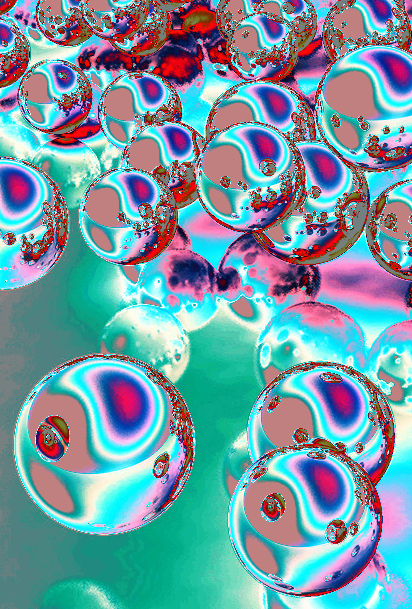Chemical methods studied
 Australian researchers have gone down to the molecular level to tackle industrial emissions.
Australian researchers have gone down to the molecular level to tackle industrial emissions.
Researchers at the University of Sydney have leveraged the “atomic intelligence” of liquid metals to achieve greener, more sustainable chemical reactions.
Despite significant global efforts toward renewable energy and electrification, chemical production remains a substantial contributor to greenhouse gas emissions, accounting for approximately 10-15 per cent of the global total.
Chemical factories consume more than 10 per cent of the world's energy, a figure that continues to rise due to the energy-intensive nature of chemical reactions used in product manufacturing.
A new study, published in the journal Science, outlines a roadmap for transforming chemical processing by fundamentally changing how chemical reactions occur.
Professor Kourosh Kalantar-Zadeh, Head of the School of Chemical Engineering at the University of Sydney, led the research.
“People often forget that chemical reactions are at the heart of all we have and use; almost all modern products are created using some sort of chemical reaction,” he said.
“From high-grade plastics for medical implements through to ammonia for agriculture, the current process in which they are created requires significant amounts of energy, leading to growing greenhouse gas emissions.”
The research targets a range of chemical reactions for improvement using liquid metals.
These include the production of green hydrogen, the synthesis of polymers for household products, and the decomposition of persistent materials such as microplastics and per- and polyfluoroalkyl substances (PFAS).
“Using liquid metals for chemical reactions is still a very new concept; most chemical reactions still rely on decades-old processes,” said Professor Kalantar-Zadeh.
“Tapping into the ‘atomic intelligence’ of metals in liquid form to drive reactions remains largely unexplored but holds huge potential for transforming the future of chemical industries.”
Last year, his team tested a technique involving liquid metals, which they hope will replace energy-intensive processes that currently use solid catalysts.
These solid catalysts, made from metals or compounds, facilitate chemical reactions necessary for creating a variety of products, including plastics, fertilisers, fuels, and feedstock.
The team demonstrated that liquid metal alloys, derived from metals such as tin, copper, silver, and nickel, can promote chemical reactions at lower energy levels.
This innovative approach allows chemical reactions to occur at lower temperatures, unlike existing techniques that require metals to be heated to several thousand degrees Celsius. By dissolving catalytic metals into liquid metals at low temperatures, the process creates alloys that facilitate chemical reactions efficiently and sustainably.








 Print
Print